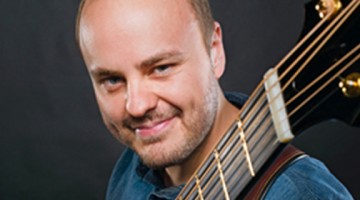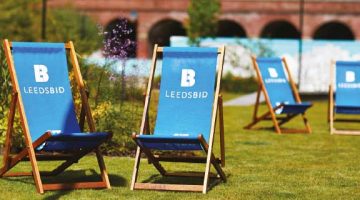Leeds is well known as one of the greenest cities in Europe because of its array of public green spaces including major parks, community parks, nature reserves, woodlands and public rights of way.
There are 62 community parks in Leeds. These are local green spaces that contain a variety of facilities such as playgrounds, sport pitches and gardens for local people to enjoy.
No doubt if you’re living near the Universities you’ll have passed through Hyde Park. Whilst it may seem pretty sparse during the cold weather, come spring and summer it will be full of students relaxing on the greens. If the weather is decent as summer 2012 comes to a close make sure you make the most of it and spend some time out in the sun- no doubt you’ll be holed up in the library for a while soon after!
MAJOR PARKS
If you’re looking for more of a day out, Leeds has several major parks that provide a huge variety of things to do for visitors including animal collections, nature areas, playgrounds, cafes, lakes, specialist gardens,
historical landscapes, ancient woodlands and much more.
These are:
Roundhay Park and Tropical World
Temple Newsam Estate and Home Farm
Lotherton Hall Estate and Bird Garden
Middleton Park and Woods
Golden Acre Park
Chevin Forest Park
Kirkstall Abbey
The Potted History of Roundhay Park
In 1803 the entire Roundhay estate was purchased by Thomas Nicholson, who developed the natural features of the park into an impressive country estate complete with ravine, gorge, top lake, landscaped gardens,woodland walkways and waterfalls.
In 1811, Nicholson commissioned work on the mansion which took fifteen years to complete. It was constructed in Greek Revival style and had seventeen bedrooms in total and a drive that was three quarters of a mile long.
The sham castle, known as a folly, was designed in the form of a medieval gateway. Every fashionable park had a folly, as a place of retreat and contemplation. Originally the castle had a wooden roof which allowed for dinners and social activities to take place.
The most impressive design was the 33-acre lower lake constructed in just two years by soldiers who had returned from the recent Napoleonic wars. The lake was aptly named the ‘Waterloo Lake’.In 1871, Sir John Barran, Mayor of Leeds, acquired the estate for the people of Leeds. On the 20th of September 1872, Prince Arthur officially opened Roundhay Estate as a public park and was cheered on by 100,000 people. The ornate drinking fountain still seen today, was a personal gift to the park and is known as Barran’s Fountain.
The fountain is designed in the classical style of architecture, to compliment the Mansion.New roads and a tramway meant that the park was accessible for all. The increased popularity of the park encouraged new amenities.
In 1894, a vast sports arena and grass cycling track were built. Boating became popular on the lake so a steamboat, the Mary Gordon, took visitors on trips around Waterloo Lake.An outdoor swimming pool, known as the Lido,was also added in 1907. It was very popular and stayed open until the early 1980s.





